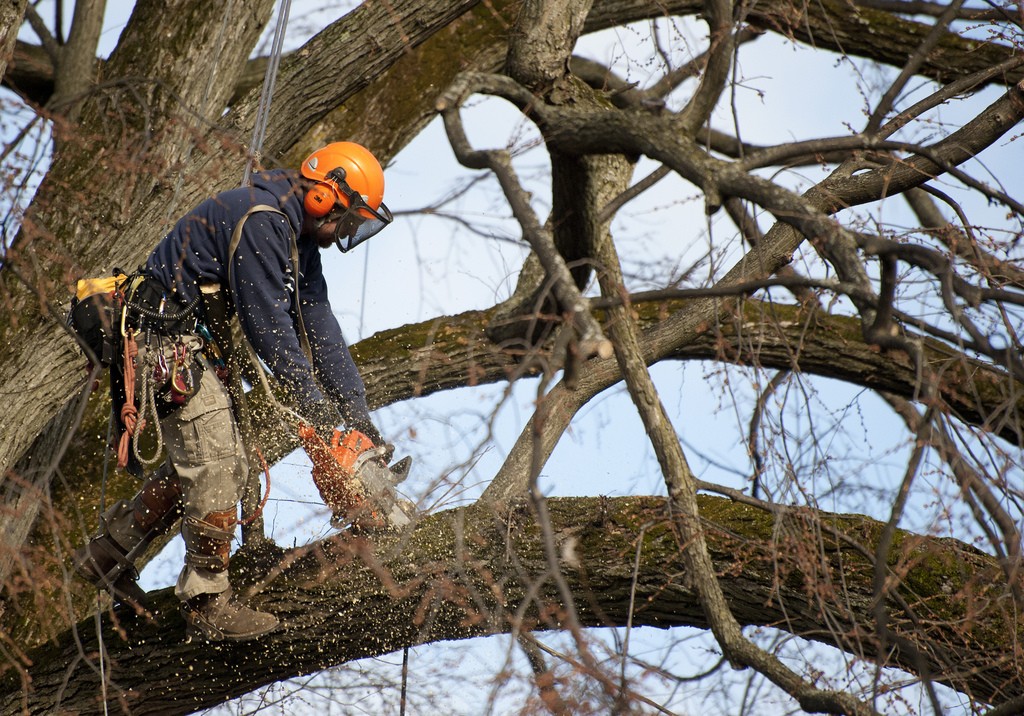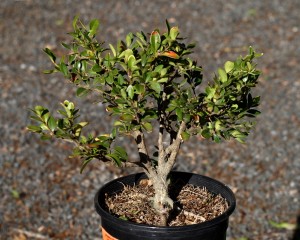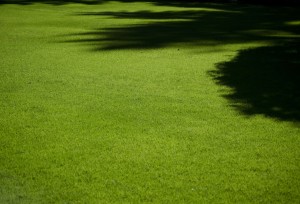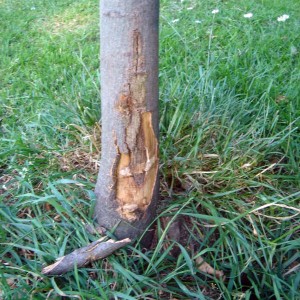Death is seldom sudden when it comes to trees

The “sudden” demise of a mature tree is rare; it pretty much takes a chain saw. Photo: Penn State, Creative Commons, some rights reserved
One of the drawbacks of being an arborist is the language barrier. Routinely I spout off about trees such as Corylus, Carpinus, and Crataegus before noticing a glazed look on the faces of my victims, I mean audience. Once I engage my Nerd Translator, though, such offensive words are corrected to hazelnut, ironwood, and hawthorn, and everyone breathes a sigh of relief. Sadly, this works in reverse, too.
Fairly often someone calls up wanting to know what caused the unexpected and untimely death of their well-established landscape tree that “suddenly” died over the spring or summer. As a result of my arborist-ailment this sounds to me as absurd as if they said the tree shot up from a sapling to thirty feet tall with no warning at all while they were on vacation.
Trees have a different time scale; it can take them years to “get the memo” their days are done. With very few exceptions, when a tree “up and dies,” any bug or blight lurking on it did not cause its demise.

Young transplants are easy to kill. Photo: Sage Ross, Creative Commons, some rights reserved
Young transplants are easy to kill, I’ll grant you. Right out of the box they have lost 80 to 90 percent of their roots, not to mention they get parched in the packing and shipping process, then bake on some staging lot before ever finding a home. Deep planting, air pockets in the backfill, and lack of water (especially beyond the first year) can finish them off within two or three years.
But like a small business, once a tree survives beyond three years its chances of long-term success increase greatly. Think about the decline of established trees like heart disease: it takes a long time to set up the conditions that prove fatal. For trees, a sedentary lifestyle is ideal, and they are not affected by cholesterol. So what are their risk factors?
The short answer is stress, but its causes are not always obvious. One reason is that the problem is usually underground. For example, trees in the 20-35 year age range commonly succumb to poor planting. Talk about obscure—who would guess that? Leaving the burlap and wire basket on the root ball after the tree is in the hole, and/or placing it too deep often leads to a condition called girdling root, which chokes off the tree below (or just at) grade once the trunk expands to a certain diameter.

Tree roots are no match for the greedy, ultra-efficient roots of turf grasses. Your lovely lush lawn may be starving your trees of water. Photo: savageblackout, Creative Commons, some rights reserved
We all want a gorgeous lawn, yet that is the least compatible setting for trees here in the Northeast, whose roots evolved with very different understory vegetation. Tree roots, the vast majority of which are less than a foot deep, are no match for the greedy, ultra-efficient roots of turf grasses. Unless it is a super wet year, turf roots absorb nearly all the rain that falls from late spring on.
Not only are tree roots surprisingly shallow, they extend two to three times the branch length. Given those less-than-obvious facts, you can imagine how easy it is to damage roots. Adding topsoil, driving on them, excavation, or even chronic line-dancing can readily harm them. The confounding thing is that, like the girdling root example, there is a lag time between cause and effect.
Symptoms of root damage typically begin to show up 3-5 years after the event, and continue to manifest for as long as a decade or more. By that time, who the heck remembers the incident that caused the harm, or even recognized the fact it could be a problem? Once a tree shows signs of severe decline, it’s natural to look for a current cause rather than thinking back on its history.

Mower damage has spelled the end of many a lawn tree. Heavy vehicles can also compact the soil, damaging roots driectly and making it hard for water to reach them. Photo: Penman2, Creative Commons, some rights reserved
After mid-August you could strip all the leaves off a tree (you could, but please don’t), and it would have no measurable effect on its health, either short- or long-term. Yet a single six-week period of hot, dry weather can cause such extensive root death that it takes two to three years for that tree to recover.
In the meantime, plenty of other factors like mower injury, road salt, volcano mulch, and lush grass add further stress. Just as it’s the accretion of arterial plaque, not one flight of stairs, that causes a heart attack, it is almost always cumulative stress that kills a tree.
So provide your tree plenty of water during the summer, and protect its root system (line dancing is actually permissible), and it should “suddenly” live a long time.
Paul Hetzler is a horticulture and natural resources educator with Cornell Cooperative Extension of St. Lawrence County.
Tags: lawn and garden, trees







